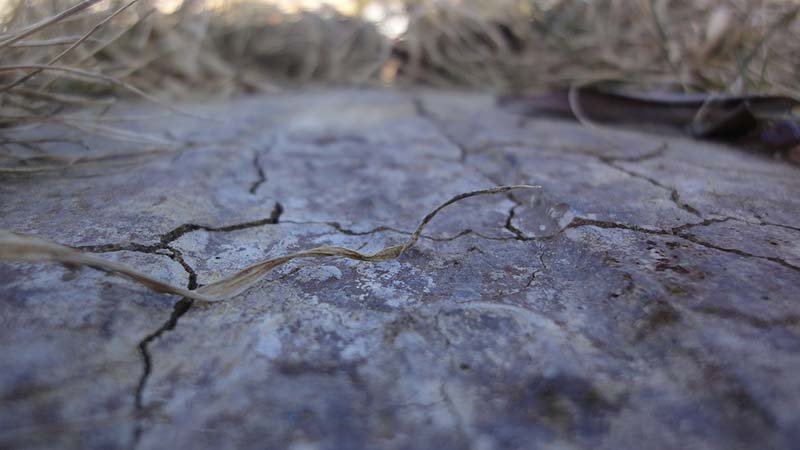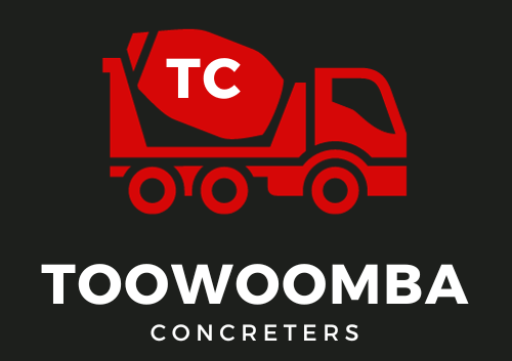Concrete is everywhere. It’s the base for our homes, driveways, and patios. But various climate conditions, with temperature swings and occasional frosts, can be tough on concrete. This guide covers seven common concrete problems and how to prevent them. We’ll also delve into the specifics of the environment and how they impact concrete, offering solutions tailored to our region. For a comprehensive overview of common concrete issues, refer to our guide on 7 concrete problems homeowners face.
Cracking
Cracking is the most common concrete problem. Some cracking is normal, but excessive cracking can weaken the concrete. Different types of cracks have different causes; understanding these can help prevent further damage. What are the signs that a crack is serious and requires professional attention? How can I differentiate between different types of cracks myself? Regular inspections can help identify potential issues early on.
Plastic Shrinkage Cracks
These happen when the concrete is still wet. Hot, windy weather dries the surface too fast, causing it to shrink and crack. Keeping the concrete moist while it cures prevents this. What are the best methods for keeping the concrete moist during curing, especially in hot and windy conditions? What are some common mistakes to avoid during this process? Proper curing techniques are essential for preventing plastic shrinkage cracks.
Drying Shrinkage Cracks
These happen as the concrete hardens and dries. If the concrete can’t shrink freely, it cracks. Control joints, which are planned cracks, help manage this shrinkage. How do I determine the correct placement and spacing of control joints for different concrete applications like driveways or patios? Control joints are a proactive measure to manage shrinkage.
Spalling & Scaling
Spalling is when the concrete surface flakes or chips, often due to freeze-thaw cycles. Scaling is when thin layers peel off. How can I tell the difference between spalling and scaling, and what are the best repair methods for each in different climate conditions? Understanding the difference between these issues is crucial for effective repairs.
Spalling: Freeze-Thaw Damage
Water gets into the concrete, freezes, expands, and breaks the surface. Air-entrained concrete has tiny air pockets that give the ice room to expand, preventing spalling. This is crucial for different climates. What type of air-entrained concrete is best suited for specific freeze-thaw cycles? How can I ensure that the concrete I’m having installed is properly air-entrained? Air-entrained concrete offers superior freeze-thaw resistance.
Scaling: Surface Deterioration
De-icing salts and harsh chemicals can cause scaling. Sealers protect the concrete from these. What are the best sealers to use to prevent scaling and other damage caused by de-icing salts and chemicals? How often should sealers be reapplied in our climate? Sealers provide a protective barrier against harmful substances.
Discolouration
Discoloration can be unsightly. It can be caused by variations in the concrete mix, efflorescence, or staining. How can I prevent discolouration from occurring in the first place, especially during the initial pouring and curing process? Proper techniques can minimise the risk of discolouration.
Efflorescence
Efflorescence is a white, powdery deposit caused by minerals in the soil and water. Good drainage and sealers can help. This is common. What are the most effective drainage solutions for preventing efflorescence soil conditions? Are there specific types of sealers that are better at preventing efflorescence? Effective drainage is key to preventing efflorescence.
Staining
Stains can come from spills, rust, or organic matter. Regular cleaning and sealers prevent staining. What are the best cleaning methods for removing different types of stains from concrete without causing further damage? Are there specific sealers that are more effective at preventing stains from penetrating the concrete surface? Regular cleaning and sealing help maintain the concrete’s appearance.
Air Entrainment: Protecting Against Freeze-Thaw
Air entrainment is vital. Tiny air bubbles in the concrete let ice expand without damaging the concrete. The right amount of air entrainment is key for strong concrete. These air pockets relieve the pressure from the expanding ice, preventing cracking and spalling. This is especially important in various climate conditions. How can I be sure the concrete mix has the correct amount of air entrainment? Are there tests I can perform or questions I should ask the contractor? Proper air entrainment is essential for concrete durability in various climates.
Maintaining your concrete properly is essential for its longevity, much like optimising a website for search engines. A systematic approach to both can save you time and resources in the long run.
Ready to take a proactive approach? Enter your email below, and we’ll send you the checklist instantly. Plus, get a complimentary 15-minute consultation to discuss your concrete maintenance needs.

Concrete Maintenance
Concrete needs regular maintenance. What is the recommended maintenance schedule for concrete, considering our specific climate and soil conditions? Regular maintenance extends the lifespan of your concrete.
- Cleaning: Regularly clean concrete to remove dirt and stains. Use a mild detergent and avoid harsh chemicals. What are some recommended mild detergents that are effective but won’t harm the concrete or the environment?
- Sealers: Sealers protect concrete from moisture, stains, and discolouration. Reapply sealant every few years. How do I choose the right type of sealer for my specific concrete needs and different climates?
- Inspections: Regularly inspect concrete for cracks, spalling, or scaling. What should I look for during these inspections, and when should I call a professional for help?
- Clay Soil: The clay soil can shift and crack concrete. Proper ground preparation and compaction are crucial. A thicker base layer or reinforcement can help. What are the best practices for ground preparation and compaction clay soil? How thick should the base layer be for different applications like driveways and patios?
- Temperature Changes: The temperature swings require proper curing in hot weather and air-entrained concrete for freeze-thaw resistance. What are the specific temperature ranges that pose the greatest risk to concrete, and what precautions should be taken during these periods?
Choosing a Concrete Contractor
Local contractors understand the local climate’s unique challenges. They can offer the best solutions for long-lasting concrete. Look for experience, quality workmanship, and personalised service. A good contractor will understand clay soil and temperature fluctuations. What specific questions should I ask a potential contractor to ensure they understand unique challenges and can provide the best solutions for my project?
Water-Cement Ratio: The Key to Strong Concrete
The water-cement ratio is critical. Too much water weakens the concrete. A lower ratio makes stronger, more durable concrete. A skilled contractor knows the right balance. The chemical reaction between cement and water, called hydration, forms a paste that binds the aggregates together. Too much water dilutes this paste, resulting in weaker concrete. A lower water-cement ratio creates a denser, stronger, and more durable concrete that is better able to withstand local environmental challenges. How can I verify that the contractor is using the correct water-cement ratio for my project?
Conclusion
This guide covered common concrete problems and how to prevent them. Regular maintenance and choosing a qualified local contractor are key to long-lasting concrete. By understanding the specific challenges posed by local climate and soil conditions, you can take proactive steps to ensure your concrete remains durable and beautiful for years to come. Consistent upkeep is essential for long-term concrete performance.
Don’t miss out on this opportunity to strengthen both your online presence and your property’s foundation. Enter your email below, and we’ll send the checklist directly to your inbox, along with a free 15-minute consultation to discuss your site’s performance and concrete maintenance needs.
Contact a local concrete expert for a free assessment. Call 07 4520 1314 or visit toowoombaconcreters.net.au.




